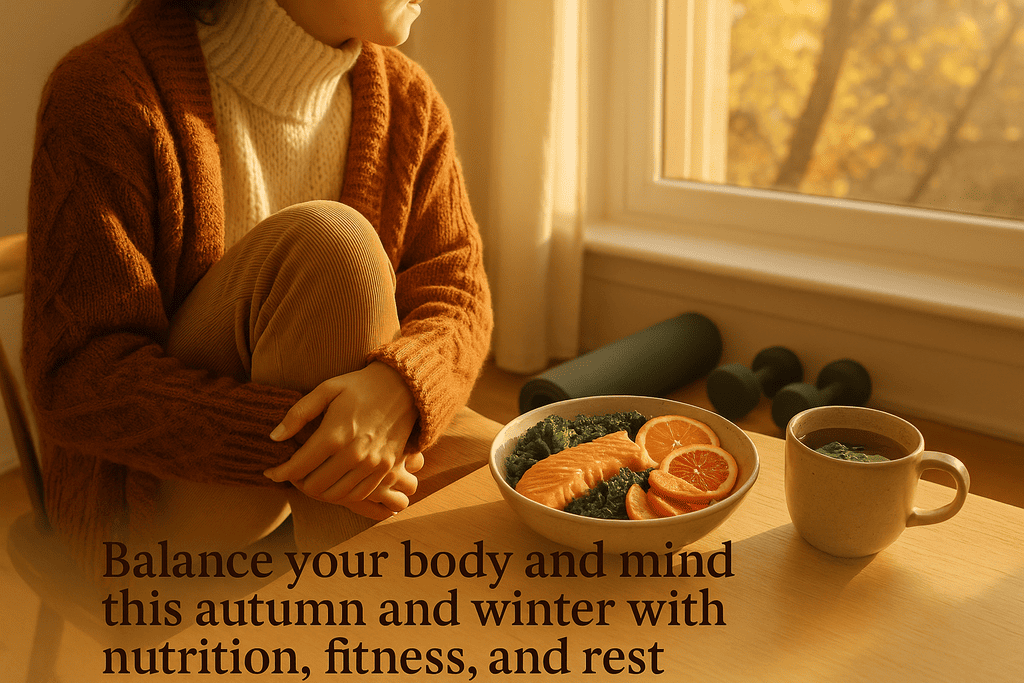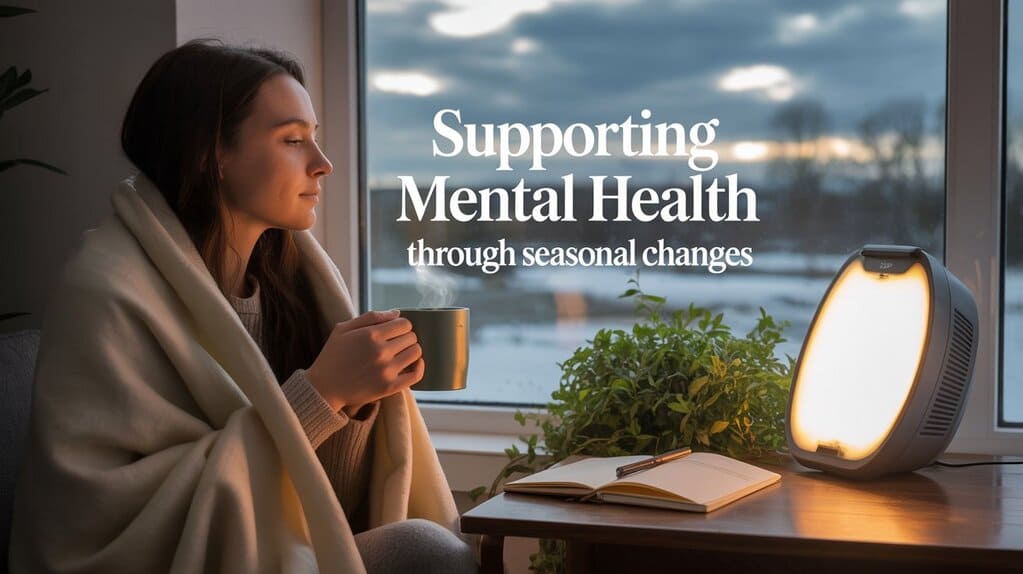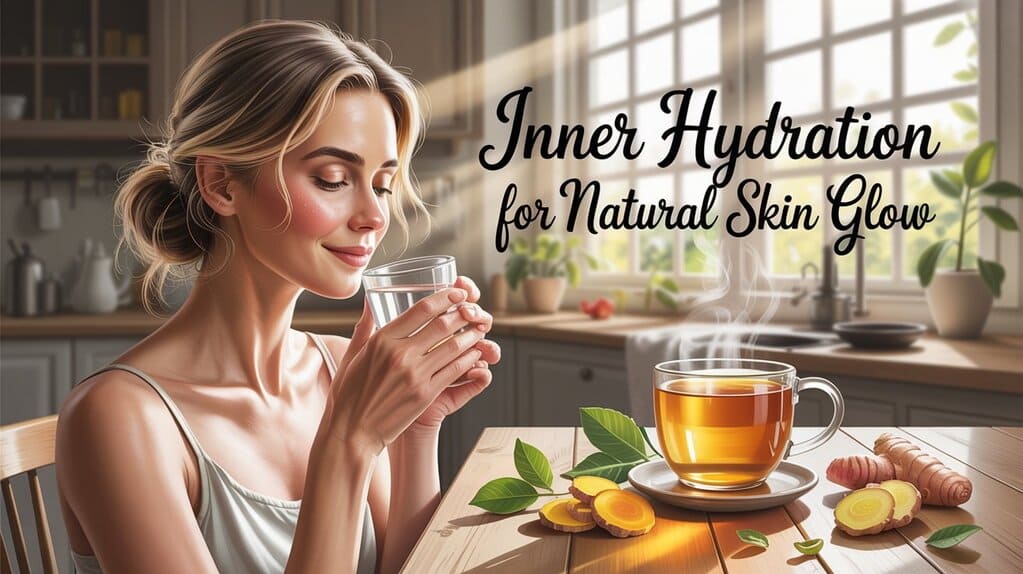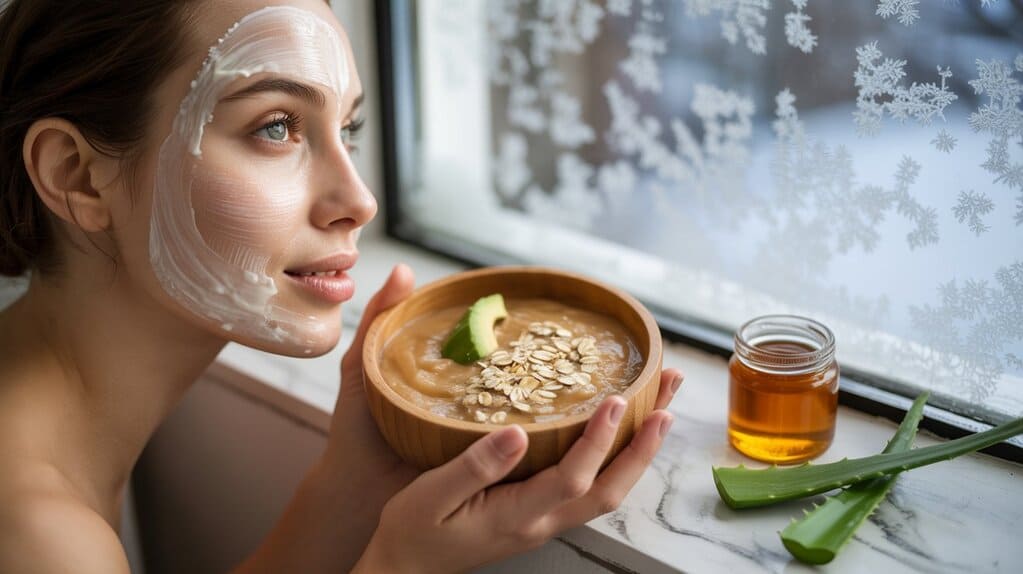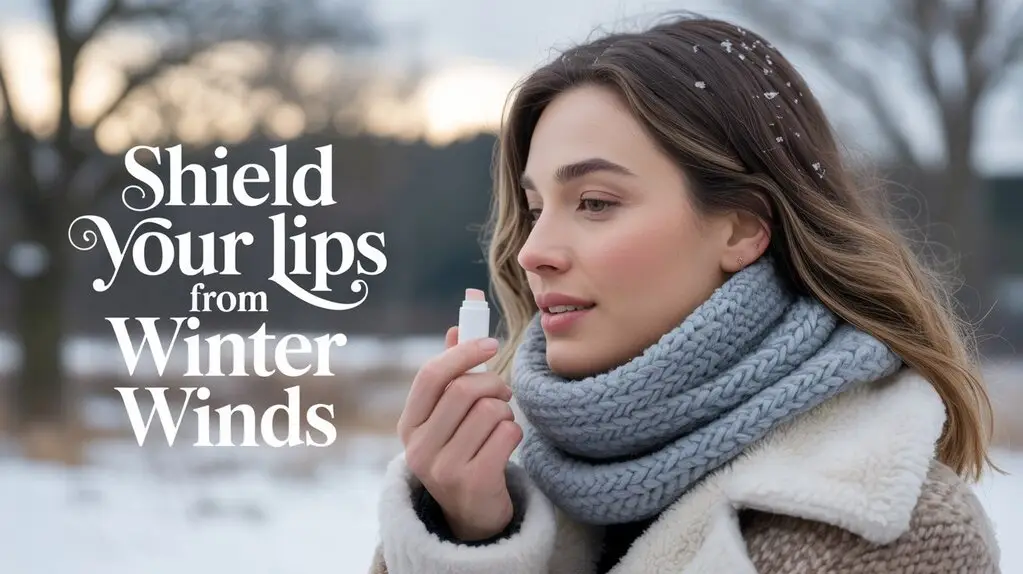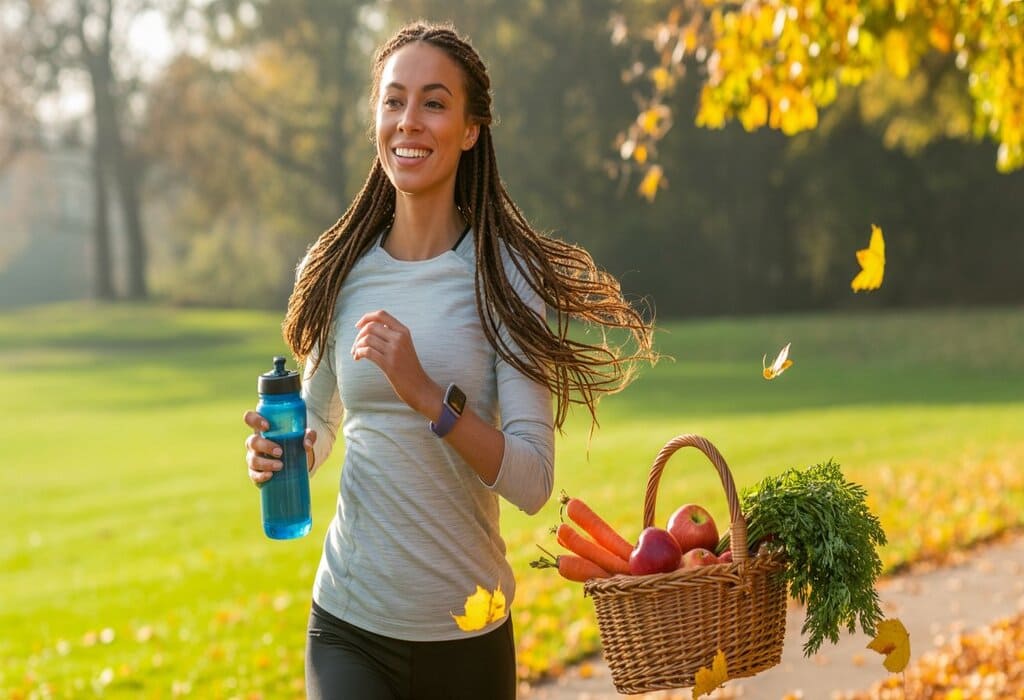
Introduction
As temperatures peak in summer and begin to cool in fall, your immune system works behind the scenes to keep you healthy through heat waves, back-to-school germs, and the first sniffles of cold season. The most reliable defense is not a single “superfood” or supplement but a whole-lifestyle approach that blends nutrient-dense foods, smart hydration, adequate sleep, and regular, moderate exercise. In this long-form guide, you’ll find science-backed advice, seasonal food ideas, and fitness tips you can put into practice today—plus citations to peer-reviewed studies and reputable summaries (including Wikipedia for quick definitions) so you can read deeper if you wish. Wikipedia
SEO in a nutshell (what you’ll find below): immunity-boosting foods, vitamin D and zinc evidence, fermented foods and probiotics, garlic and green tea catechins, hydration and heat safety, moderate exercise for fewer colds, sleep for stronger vaccine responses, Mediterranean-style meals for fall, weekly workout templates, key points, and an easy table you can save.
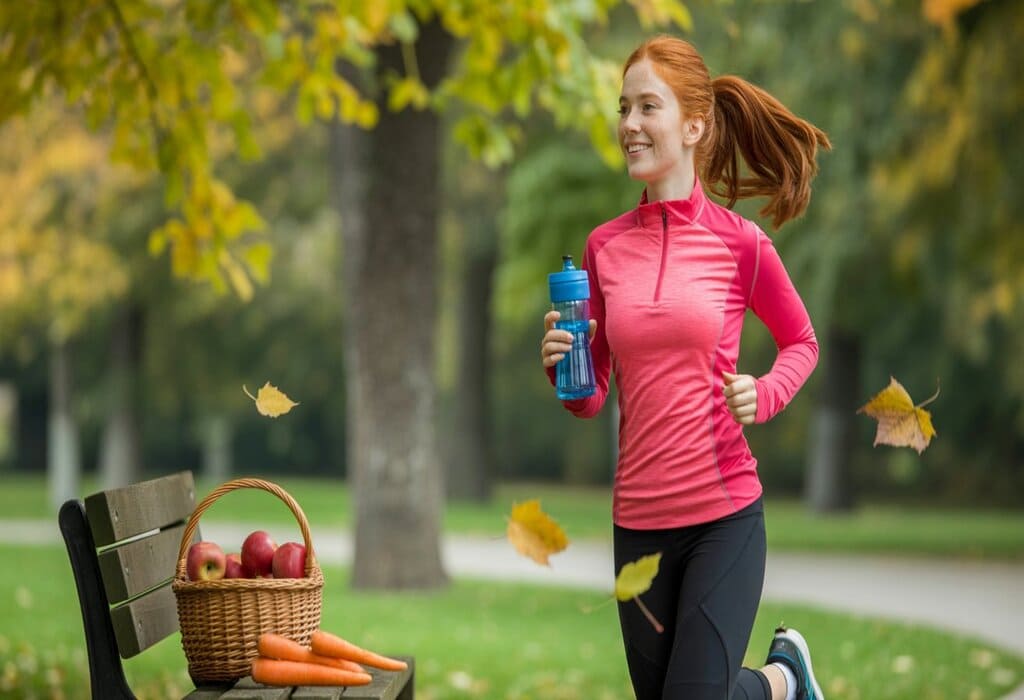
Body
How immunity works (and what it needs)
Your immune system is a network of cells, tissues, organs, signaling molecules, and barrier defenses that responds to pathogens and repairs damage. Its function is tightly linked to nutrition, sleep, physical activity, and stress—all of which fluctuate with seasonal routines. For accessible overviews of immune components (innate vs. adaptive immunity, phagocytes, antibodies), see the Immune system entry. Wikipedia
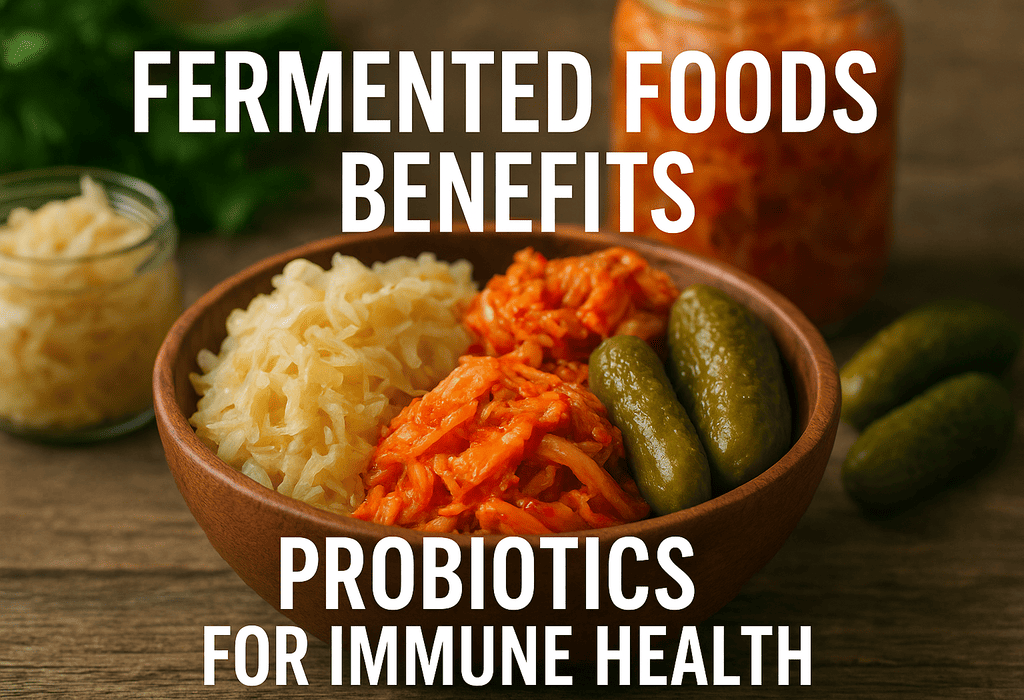
Science-backed foods for summer and fall
Below are food patterns and ingredients with the best evidence for supporting immune function and reducing risk or duration of common respiratory infections. (Note: no food prevents all infections. Think “lower risk, faster recovery.”)
1) Fermented foods & probiotics
- What & why: Yogurt, kefir, kimchi, sauerkraut, miso, tempeh, and other fermented foods deliver live microbes that can modulate immune signaling and diversify the gut microbiome. A randomized trial from Stanford University found a fermented-foods diet increased microbiota diversity and reduced inflammatory markers, consistent with improved immune regulation. PubMed+1
- Bonus (Asia): Korean kimchi contains Lactobacillus strains studied for immune benefits; emerging studies in Korea link kimchi-derived probiotics with favorable immune markers (early-stage but promising). PMC+1
- Definition refresher: See Wikipedia: Probiotic for background and safety considerations. Wikipedia
Eat it now: In summer, cool kefir smoothies with berries; in fall, warm miso soup with tofu and seaweed; kimchi folded into grain bowls.
2) Garlic (aged or culinary)
- What & why: Garlic contains sulfur compounds (e.g., allicin) that influence immune cell activity. In a U.S. randomized, double-blind, placebo-controlled trial, aged garlic extract reduced the severity, number of days of work missed, and some inflammatory markers during cold/flu season. While not a cure, it’s a reasonable culinary strategy. Stanford Medicine
Eat it now: Summer grilled vegetables with garlic-herb marinade; fall lentil-garlic stew with spinach.
3) Green tea catechins
- What & why: Green tea is rich in catechins (EGCG). Japanese randomized trials show green tea catechins (with theanine) can reduce influenza risk among healthcare workers; effect sizes vary across studies, but findings support tea as a healthy beverage choice. PMC+1
Drink it now: Iced green tea with lemon in summer; hot sencha in chilly fall mornings.
4) Vitamin D (context matters)
- What we know: A large UK-led individual participant meta-analysis (2017, BMJ) found vitamin D supplementation modestly reduced acute respiratory infections, especially in people who were deficient and those using daily/weekly (not bolus) dosing. More recent umbrella reviews highlight mixed results and advocate a targeted, deficiency-correcting approach rather than universal high-dose use. Talk to your clinician about testing if you have limited sun exposure or risk factors. BMJPMC
Eat it now: Oily fish (sardines, salmon), egg yolks, UV-exposed mushrooms; consider supplements only if advised.
5) Zinc & Vitamin C (symptom duration, not prevention)
- Zinc: Individual patient data meta-analysis suggests zinc acetate lozenges can shorten common cold duration when started early, though results vary by formulation and dose; some trials are negative. Avoid chronic high doses without medical guidance. PubMedbmjopen.bmj.com
- Vitamin C: Cochrane reviews show regular vitamin C does not prevent colds in the general population, but it may shorten duration and reduce severity, particularly in physically stressed individuals (e.g., endurance athletes). Cochrane LibraryCochrane
Eat it now: Zinc from shellfish, beef, pumpkin seeds; Vitamin C from citrus, kiwi, bell peppers, strawberries.
6) Mediterranean-style pattern (great for fall)
A Mediterranean-style diet—vegetables, fruits, whole grains, legumes, nuts, olive oil, fish—supports lower chronic inflammation and robust micronutrient intake. For a primer, see Wikipedia: Mediterranean diet; large trials (e.g., PREDIMED, Spain) link this pattern to cardiometabolic resilience that indirectly supports immune health across seasons. Wikipedia
Eat it now: Fall sheet-pan salmon with tomatoes and olives; whole-grain farro with roasted squash and walnuts.
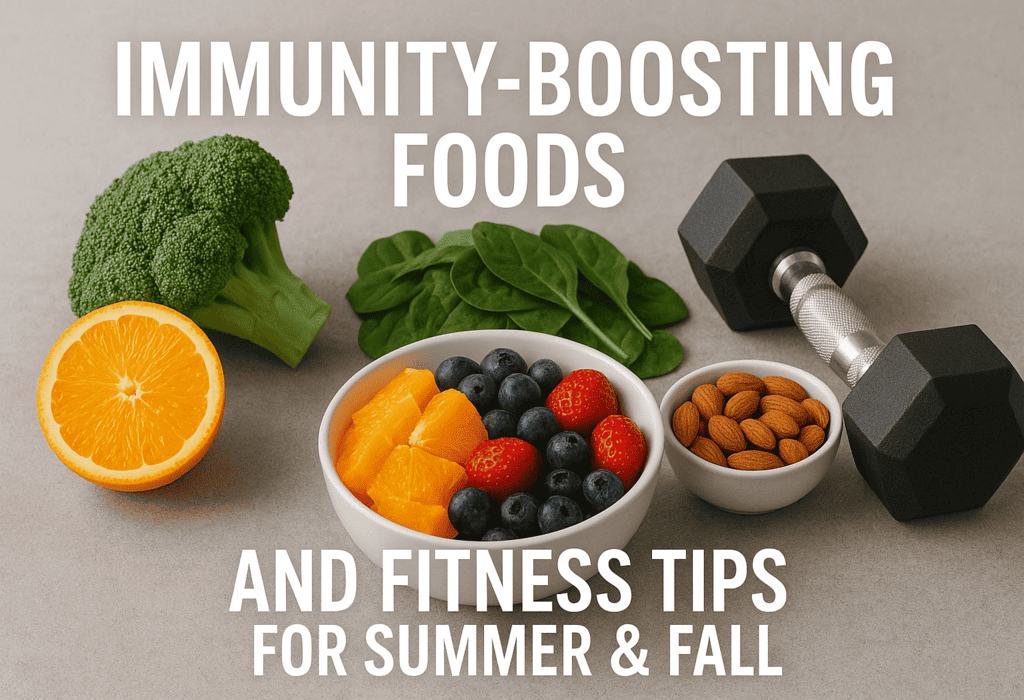
Heat, hydration, and electrolyte savvy (summer focus)
Hydration directly affects mucosal defenses, cognition, and thermoregulation. Authoritative guidance emphasizes drinking regularly before thirst, using water as the default, and adding electrolytes for prolonged sweating or multi-hour training in the heat. Public-health resources recommend roughly 1 cup (240 mL) every 15–20 minutes during moderate work/heat exposure and caution that most people don’t need constant sports drinks unless sweating heavily. blogs.cdc.govCDCSST Administration
Practical tips:
- Pre-hydrate before outdoor sessions; carry a refillable bottle.
- Time hard workouts in cooler morning/evening windows.
- Know heat-stress symptoms (cramping, dizziness, heavy sweating) and act early: cool shade/AC, loosen clothing, hydrate; seek care if symptoms persist. CDC
Exercise: how much, how hard, and why it helps immunity
A substantial body of research shows regular, moderate-intensity exercise is associated with fewer upper respiratory infections and improved immune surveillance, whereas very prolonged or extreme efforts can cause transient post-exercise dips in some immune parameters (“open window”). The World Health Organization (2020) and CDC recommend 150–300 minutes of moderate-intensity or 75–150 minutes of vigorous aerobic activity weekly plus 2+ days of muscle-strengthening. PubMedCDC
- Evidence snapshot (America & Europe):
• A year-long randomized trial found that moderate-intensity exercise reduced the incidence of colds among adults. American Journal of Medicine
• Reviews and position statements (Nieman; Walsh et al.) conclude consistent moderate activity supports immune function, while overreaching without recovery can temporarily depress it. ScienceDirectrepository.lboro.ac.uk
Seasonal training strategy:
- Summer: Shorter intervals, shade routes, and cross-training (swim, cycle).
- Fall: Gradually lengthen runs/walks, add strength training to prepare for winter.
- Respect recovery: sleep 7–9 hours, plan easy days after long/hard sessions.
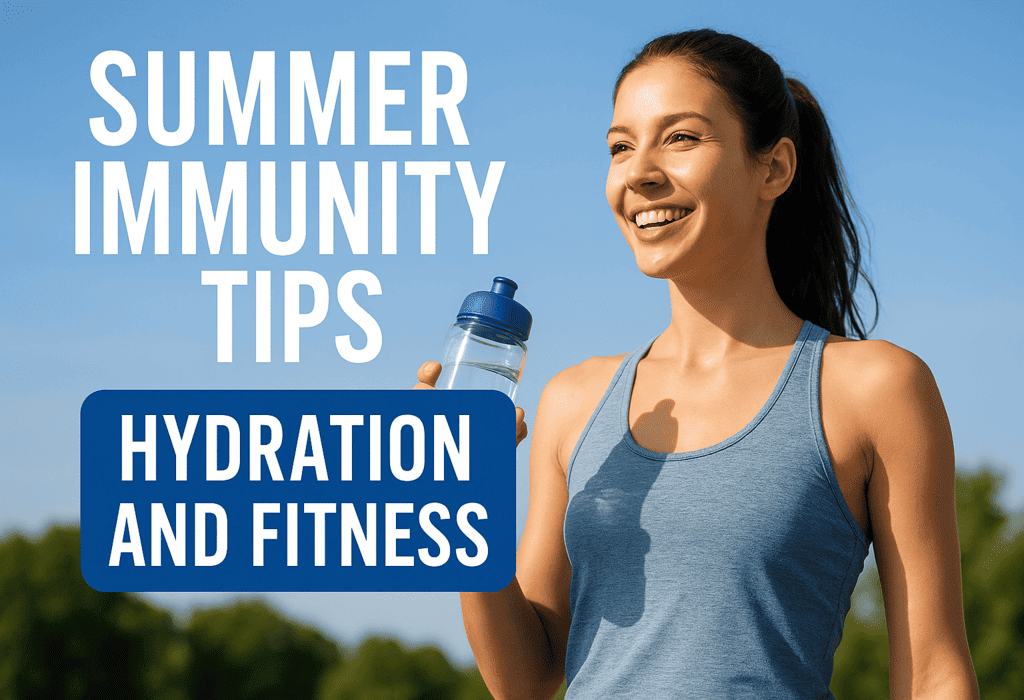
Sleep: the stealth immune booster
If you fix just one habit, make it sleep. A 2023 meta-analysis in Current Biology found that <6 hours/night of sleep around vaccination significantly reduced antibody responses, comparable to weeks of antibody waning—clear evidence that sleep quantity influences real-world immune protection. Aim for 7–9 hours and anchor a consistent schedule. Cell+1
Quick-reference table: What to eat and do, by season
| Season | Top foods | Key nutrients/compounds | Serving ideas | Fitness focus |
|---|---|---|---|---|
| Summer | Water-rich fruits (watermelon, berries), kefir/yogurt, tomatoes, grilled fish, leafy salads, green tea | Vitamin C, polyphenols (EGCG), probiotics, omega-3, potassium | Kefir-berry smoothie; watermelon-mint salad; iced green tea; grilled sardines + tomato-olive relish | Morning/evening walks or cycles; pool sessions; 2×/week strength; hydrate per heat guidance |
| Early Fall | Garlic-roasted vegetables, mushrooms, citrus, legumes, kimchi/sauerkraut, oats | Zinc, beta-glucans, vitamin D (UV-mushrooms), probiotics, fiber | Garlic-lentil stew; avocado-kimchi grain bowl; oats with pear and walnuts | Gradual mileage build; hills; add mobility; maintain 2×/week strength |
| Late Fall | Fatty fish, olive oil, squash, kale, citrus, green tea | Omega-3, vitamin C, carotenoids, catechins | Salmon-farro with roasted squash; kale-citrus salad; hot sencha | Longer steady cardio; deload weeks; consistent bed/wake times |
Key points
- Moderate exercise (not extreme) is linked to fewer colds; follow WHO/CDC weekly activity targets and include strength training. American Journal of MedicinePubMedCDC
- Fermented foods (yogurt, kefir, kimchi, miso) can improve microbiome diversity and modulate inflammation; they’re practical daily choices. PubMed
- Garlic and green tea catechins have supportive RCTs; use them as adjuncts within a balanced diet. Stanford MedicinePMC
- Vitamin D helps most when you’re deficient; results are mixed otherwise—get individualized advice. BMJPMC
- Zinc lozenges and vitamin C may shorten cold duration if used correctly; they don’t reliably prevent colds. PubMedCochrane Library
- In hot weather, hydrate before you’re thirsty, favor water, and add electrolytes only for prolonged sweating. Know heat-illness signs. blogs.cdc.govCDC
- Sleep 7–9 hours—short sleep around vaccination blunts antibody responses. Cell
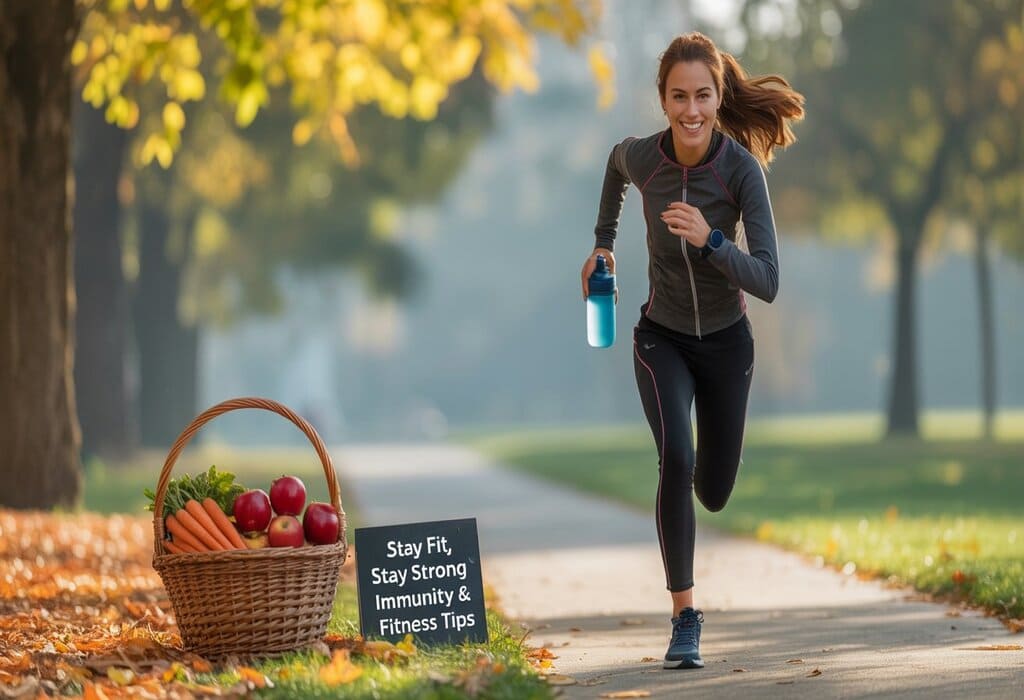
Weekly sample plan (summer → fall)
Goal: Hit activity guidelines, stabilize sleep, and layer in immune-supportive meals.
- Mon – 35–45 min brisk walk/jog (RPE 5–6/10), finish with 8–10 min mobility.
- Tue – Strength (full-body): squats, push-ups, rows, hinges, core—2–3 sets each; green tea mid-morning; yogurt + berries snack.
- Wed – 30–40 min cycle or swim; watermelon-mint snack; garlic-rich dinner.
- Thu – Intervals: 6 × 2 min faster / 2 min easy; hydrate per heat guidance if outdoors. blogs.cdc.gov
- Fri – Strength (as Tue) + 10-minute walk after dinner.
- Sat – 50–70 min easy long session (trail walk, ride); kimchi grain bowl for lunch.
- Sun – Restorative: light yoga, stretching; early bedtime to bank sleep before the week. Cell
Conclusion
A resilient immune system in summer and fall is built on everyday choices repeated consistently—whole-food meals, moderate exercise, heat-smart hydration, and plenty of sleep. The evidence is strongest when you zoom out to patterns: fermented foods that nurture your microbiome; Mediterranean-style plates rich in plants, fish, and healthy fats; modest use of garlic and green tea; targeted supplementation (e.g., vitamin D if you’re deficient, zinc lozenges/Vitamin C for shorter colds); and a steady rhythm of movement and recovery. Anchor these fundamentals now and you’ll enter winter with momentum—fewer sick days, faster recoveries, and more energy for the things you love.
References & further reading (selected)
- Overview & definitions: Immune system (Wikipedia). Wikipedia
- Physical activity guidelines: WHO (2020) and CDC adult recommendations. PubMedCDC
- Exercise & immunity: Chubak et al., RCT on colds; Nieman (J Sport Health Sci) review; Walsh et al., position statement. American Journal of MedicineScienceDirectrepository.lboro.ac.uk
- Fermented foods: Wastyk et al., Cell 2021 randomized diet trial (Stanford). PubMed
- Garlic: Nantz et al., aged garlic extract RCT (Clin Nutr). Stanford Medicine
- Green tea: Japanese RCTs on catechins/theanine for influenza. PMC+1
- Vitamin D: Martineau et al., 2017 BMJ IPD meta-analysis; 2025 umbrella review for context. BMJPMC
- Zinc & Vitamin C: Hemilä 2017 IPD meta-analysis (zinc acetate); Cochrane 2013 review (vitamin C). PubMedCochrane Library
- Hydration & heat: CDC/NIOSH guidance and heat-health pages; OSHA hydration overview. blogs.cdc.govCDC+1SST Administration
- Sleep & immunity: Current Biology 2023 meta-analysis on insufficient sleep and vaccine antibody response. Cell

